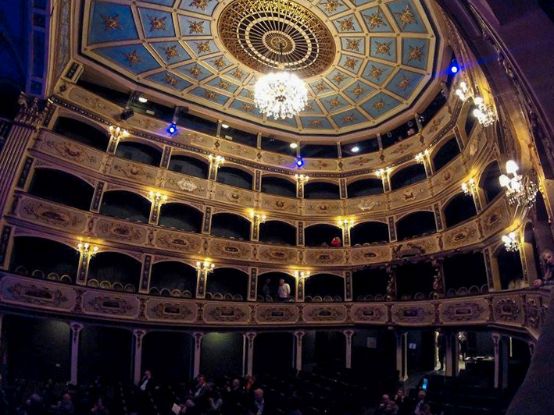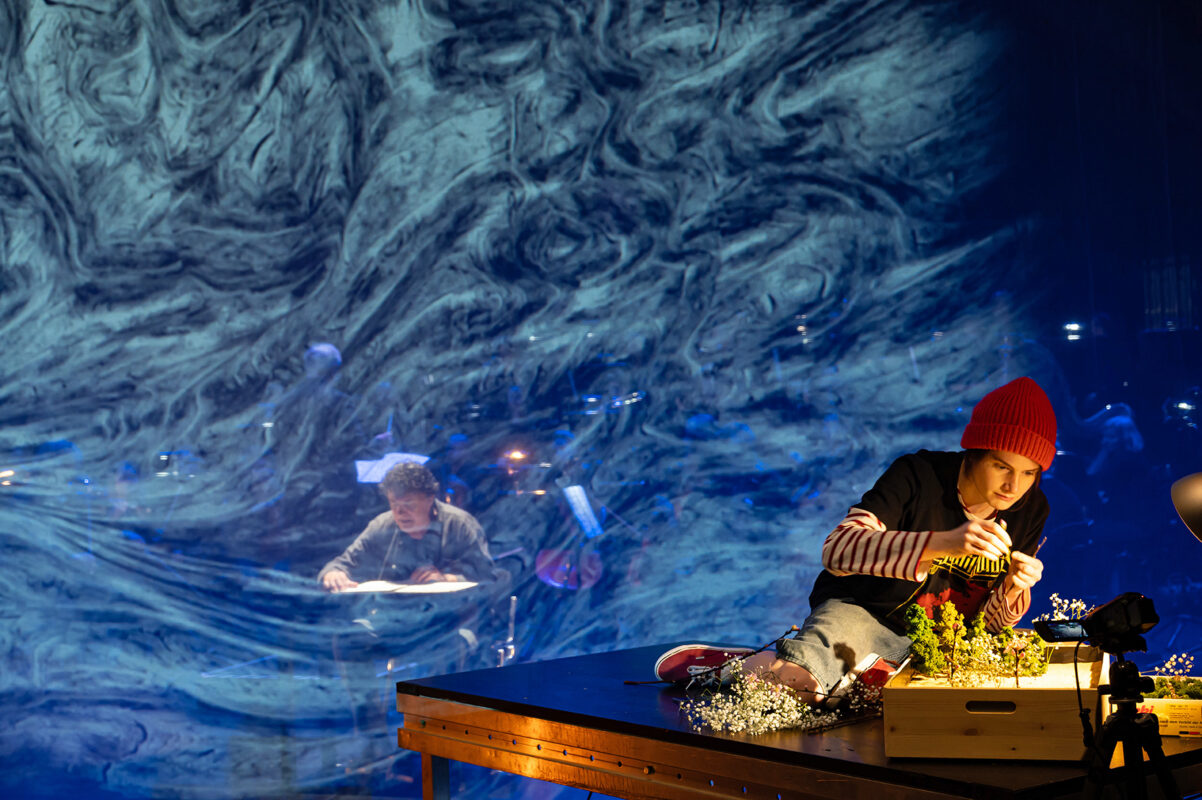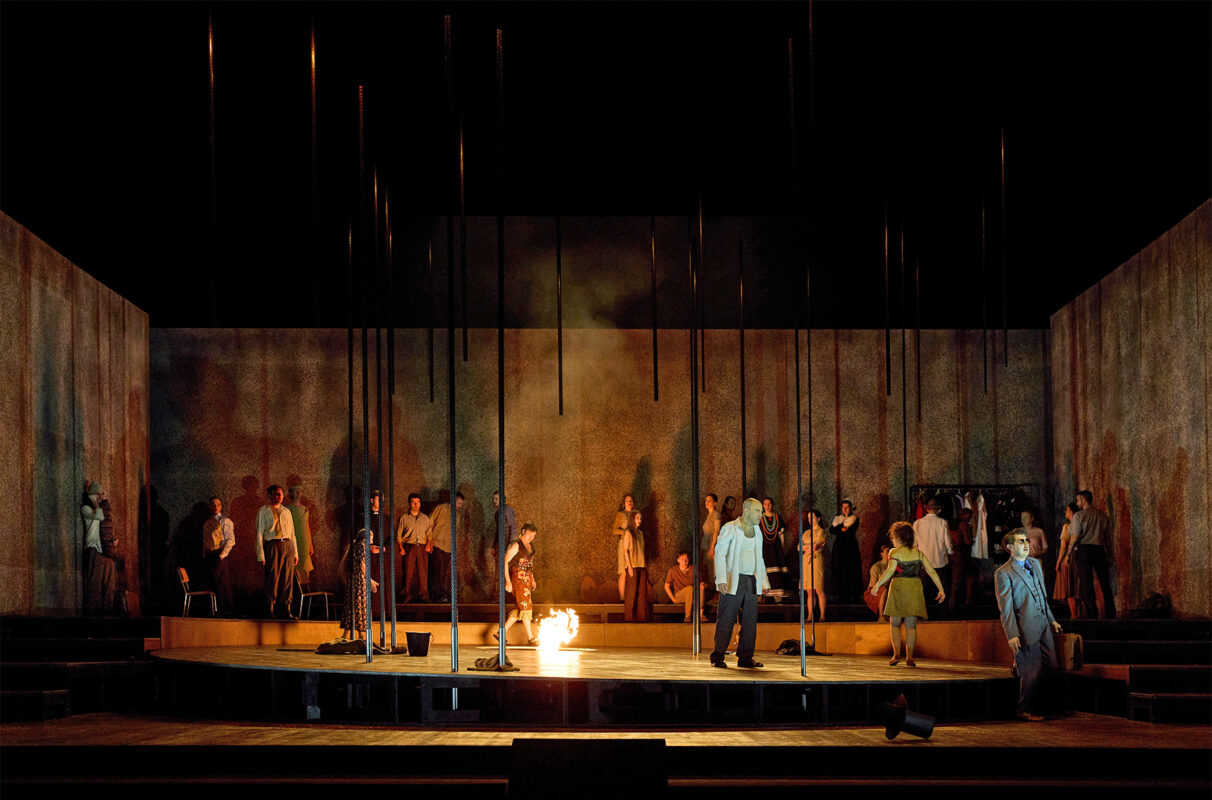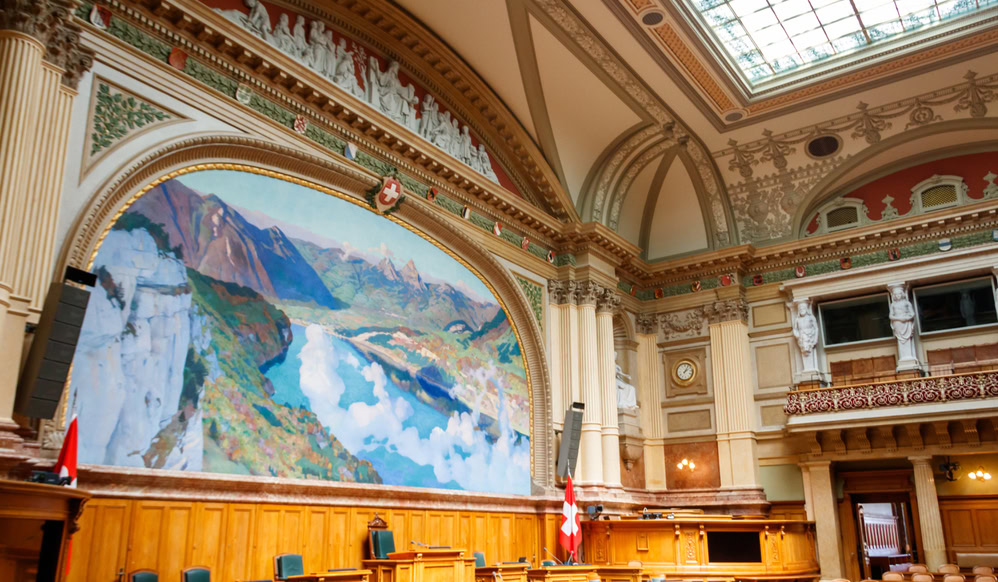Baroque indulgence in Malta
The Valletta International Baroque Festival from January 11 to 27 featured many ensembles, including Les Passions de l'Âme from Bern.

Malta and Baroque - not an obvious pair at first glance, but very much so at second glance. La Valletta, the capital founded in 1566, is pure Baroque, built of a wonderfully warm yellow-toned stone and unchanged since the 17th century. So it is only fitting that the music of the 17th and 18th centuries is celebrated here and in some of the equally enchanting towns in the surrounding area, and this year for the seventh time. The Valletta International Baroque Festival was initiated and has been run by the director of the Teatru Manoel, Kenneth Zammit Tabona, ever since. The Festival enjoys the full support of the Government, represented by the Hon. Owen Bonnici, Minister for Justice, Culture and Local Government, who has attended many of the concerts.
Between January 23 and 27, the days of the festival that can be discussed here, seven concerts took place, the first and last of which were unique highlights.
Once upon a time, in the Church of St. Catherine of Alexandria in Żejtun, a few kilometers from the capital, the presentation of the Dixit Dominus a 4 concertato by Niccolò Jommelli (1714-1774) and the Mass in D major by Giovanni Battista Pergolesi (1710-1736) by the choir and orchestra of the historic Collegio Ghisleri in Pavia, Italy, under the direction of Giulio Prandi (who, nota bene, conducted the entire evening inspiringly and from memory). Both orchestras played with incredible dynamic and agogic differentiation and commitment. Solo parts were performed so naturally and convincingly by members of the choir that it was not even deemed necessary to mention their names in the program ...
Bach and many others
The Valletta Archaeological Museum, housed in one of the city's most stylish palaces (dating back to 1571), hosted the lunchtime concerts in its Gran Salon, where visitors could watch the restoration of the murals. The Signum Saxophone Quartet, founded in 2006, performed there under the title Bach and Beyond Music by J. S. Bach, J. Chr. Bach, Steve Reich (1936), David Maslanka (1943-2017) and Marcelo Zarvos (1969). The four (still) young saxophonists Blaž Kemperle, Hayrapet Arakelyan, Alan Lužar and Guerino Bellarosa ignited a veritable firework display of virtuosity in the modern pieces, passing the musical balls to each other and tackling the baroque scores with great care and imagination. For a die-hard baroque fan, however, the saxophone Bach is difficult to digest, and the argument that such good music is still good music in all possible versions is not really convincing.
There were two further concerts at the same venue, both with the pianist Paul Gulda, who played on a wonderful harpsichord by Bruce Kennedy. The first featured part one of the Well-Tempered Clavier by Johann Sebastian Bach. Gulda played with skill and commitment, with very unconventional rubati and many changes of register. Between the individual preludes and fugues, he read out philosophical sayings (from the Dalai Lama, for example), which was not universally well received, partly because it came across as a bit preachy and partly because only listeners in the immediate vicinity could understand them. In the second concert, Gulda performed with the oud player and singer Marwan Abado. Compositions by Abado himself and other Middle Eastern composers were on the program, and the two delighted the audience with rousing improvisations. Once again, unfortunately only a small part of the audience was able to hear the numerous commentaries.
Handel's oratorio Il trionfo del tempo e del disinganno was performed in the Teatru Manoel. This venue was created in 1731 through the conversion of two noble townhouses; the Grand Master Anton Manoel de Vilhena was the commissioner and thus the namesake. Today, this gem is Malta's national theater and is one of the oldest theaters in Europe. A quartet of soloists and the Armonia Atena orchestra from Athens performed under the direction of George Petrou. One would have wished for a little more dynamic freedom in this beautiful performance and a hint of theatricality from the soloists.
In the Church of the Assumption in Qrendi, the Missa in illo tempore by Claudio Monteverdi (1567-1643), complemented by short works by other masters from the period, perhaps most notably the first performance in modern times of the motet In convertendo by Michelangelo Falusi (1645-1733). The eight singers of the Cantar lontano ensemble under the direction of Marco Mencoboni sang beautifully, albeit somewhat statically in terms of tempo and volume. Unfortunately, the announced vocal ensemble Monteverdi Project from Valletta barely made an appearance.
Prestissimo at the end
Once again at the Teatru Manoel, the festival came to a brilliant conclusion with the performance of the 6 Brandenburg Concertos by J. S. Bach. The Bernese baroque orchestra Les Passions de l'Âme (conductor and violinist Meret Lüthi) exuded a joy of playing and impressed with their stupendous virtuosity, and in the slow movements with their beguiling musicality. One may perhaps wonder why the outer movements, usually marked Allegro by Bach, had to be played in an incredible prestissimo. It seemed as if the musicians were mainly enjoying themselves.
A performance venue that has not yet been mentioned, but definitely deserves it: the wonderful, golden Co-Cathedral of St. John in Valletta, which, in addition to an original painting by Caravaggio and many other art treasures, has excellent acoustics. You can look forward to the next festival!
The author was a guest of the Valetta Baroque Festival.








